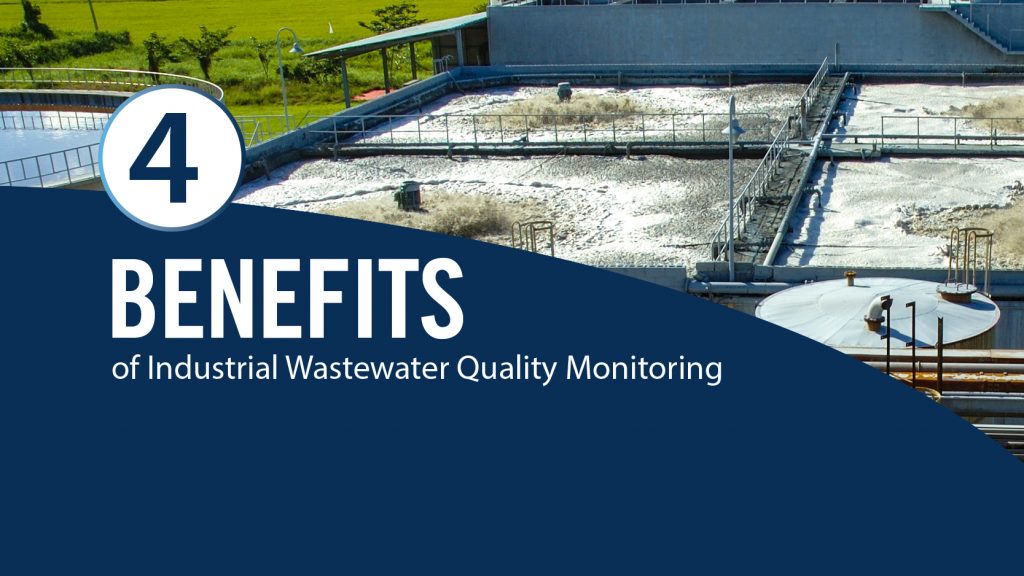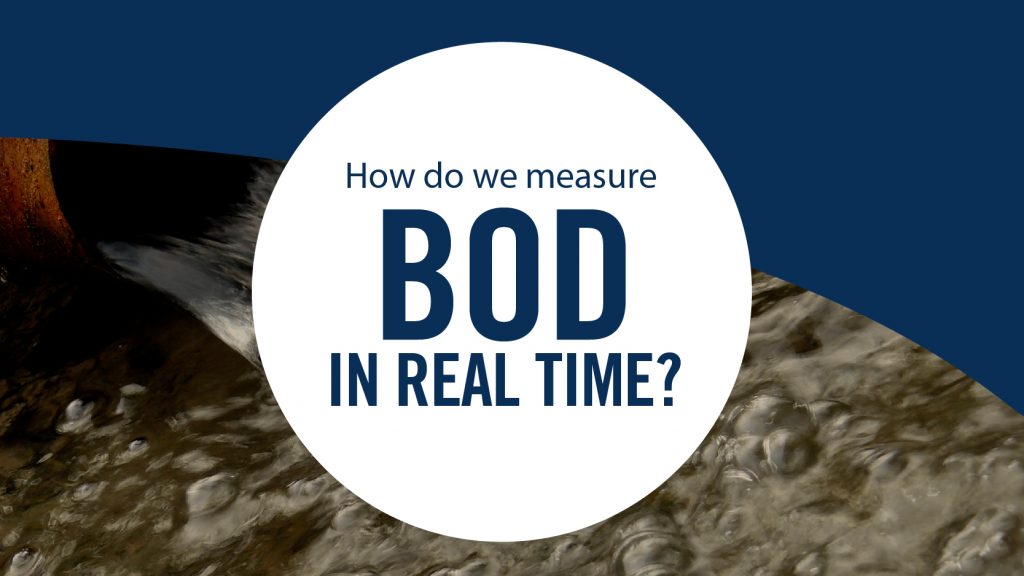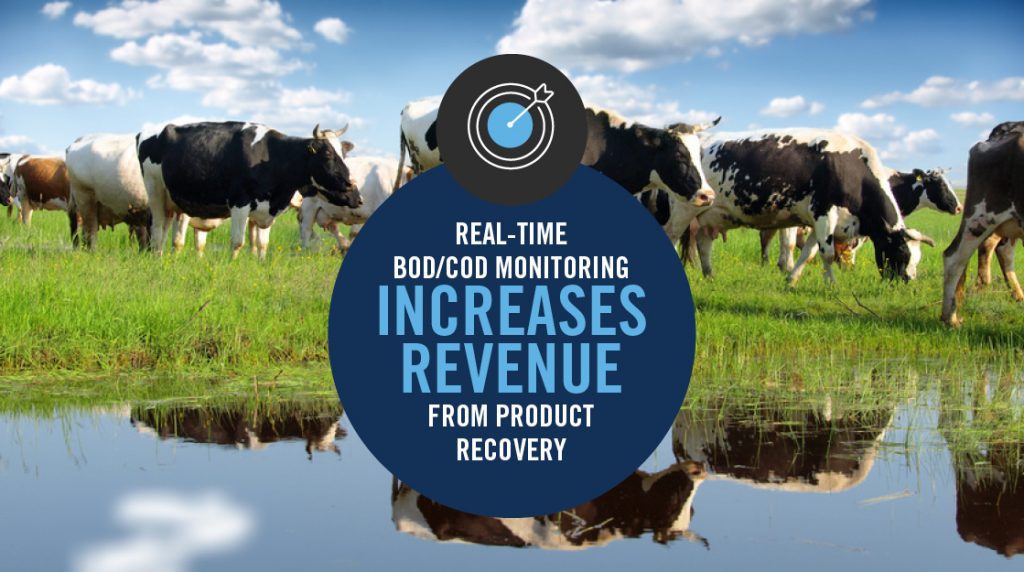LOST PRODUCT = LOST REVENUE
Manufacturers in the food and beverage industry lose significant quantities of product in the production process. In the dairy industry, milk losses are on average 2-3% of total production and can be even higher for ice creams and novelty products.
While it seems like a relatively small percentage, these losses can equate to a large volume of product lost every year, and therefore lost revenue potential. It is also important to consider the resulting impact lost product has on waste streams. Product losses contribute to excess wastewater loading which creates higher treatment costs for onsite wastewater treatment plants or potential surcharges or permit violations for plants discharging to municipal sewer systems.
CHALLENGES OF CAPTURING LOSSES
Perhaps the most challenging aspect for production facilities is identifying when and where losses are occurring.
Frequent small losses, accounting for more than 50% of total losses, can happen for various reasons and may be difficult to identify without the right tools and information.
Assessing water quality is a common practice used to better understand the production process, identify changes, and determine wastewater treatment requirements. Aggregate organics parameters, such as biochemical oxygen demand (BOD), chemical oxygen demand (COD), and total organic carbon (TOC) provide the best assessors for treatment needs and can help to identify industry specific concerns, such as milk losses.
Unfortunately, in many cases, plants are relying on grab or composite samples as their primary means for gaining this much needed information. While valuable for effluent compliance reporting, grab and composite samples provide little to no value for identifying losses and improving plant performance. The results provide only a snapshot of the process performance, often several hours or days after the fact.
REAL-TIME ORGANICS MONITORING FOR PRODUCT LOSS
 To gain the insights needed to identify losses, improve performance, and reduce costs, plants need more visibility into their process. Real Tech’s robust real-time organics monitoring solutions can provide this visibility 24/7, offering a simple and affordable method to measure BOD, COD, TOC and TSS continuously with no reagents or complex analytical processes.
To gain the insights needed to identify losses, improve performance, and reduce costs, plants need more visibility into their process. Real Tech’s robust real-time organics monitoring solutions can provide this visibility 24/7, offering a simple and affordable method to measure BOD, COD, TOC and TSS continuously with no reagents or complex analytical processes.
With the right information visible to operations staff, events can be rapidly detected, process inefficiencies identified, and data-driven decisions made to improve the overall efficiency and effectiveness of both the production process and wastewater treatment process.
Real Tech’s real-time BOD, COD, TOC and TSS sensors utilize the principle of spectrophotometry (spectral analysis), which is the measurement of UV and visible light for water quality analysis.
Monitoring these parameters in real time, without the delay associated with traditional laboratory test methods, is possible because many organic compounds absorb light in the UV/VIS spectrum. In addition, spectral analysis provide a multi-dimensional detection approach over the traditional measurement approach and single wavelength only solutions, providing further insights into composition or production changes.
Continuous organics monitoring enables plants to rapidly detect events, identify process inefficiencies, and make data-driven decisions to improve the overall efficiency of both the production process and wastewater treatment process. Benefits of real-time monitoring include:
- EARLY EVENT DETECTION AND RESPONSE TO PRODUCT LOSS EVENTS
- PRODUCTION PROCESS OPTIMIZATION
(e.g., rinsing, washing, CIP) and improved efficiency - INCREASED PRODUCT YIELD AND REVENUE FROM MINIMIZED LOSSES
- REDUCTION IN WASTEWATER TREATMENT COSTS
- INCREASED WASTEWATER TREATMENT EFFICIENCY
- EFFLUENT COMPLIANCE ASSURANCE



